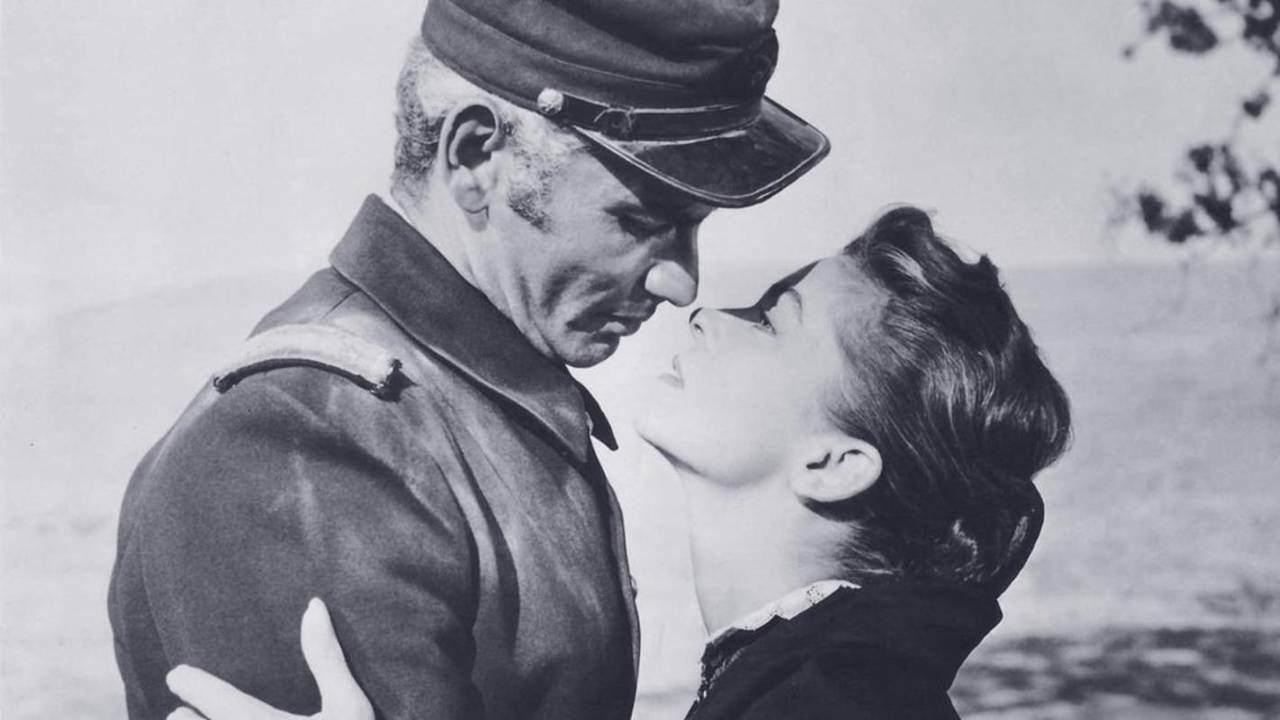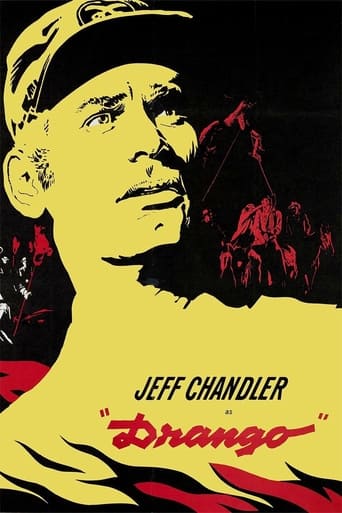



Instant Favorite.
It isn't all that great, actually. Really cheesy and very predicable of how certain scenes are gonna turn play out. However, I guess that's the charm of it all, because I would consider this one of my guilty pleasures.
View MoreThis is a coming of age storyline that you've seen in one form or another for decades. It takes a truly unique voice to make yet another one worth watching.
View MoreA great movie, one of the best of this year. There was a bit of confusion at one point in the plot, but nothing serious.
View MoreFor a story set in Georgia in late 1865 the absence of any blacks in the town and surrounding rural areas is utterly absurd. The labor force the farmers would mobilize to replant would have included the freed slaves. They would certainly have been a source of support for the Union military government. The movie perpetuates the cry-baby version of history that the state of Georgia has foisted on the consciousness of the nation. Sherman's armies did not ravage Georgia anywhere near as bad as they complain. They did NOT routinely burn down houses and churches and schools. They did destroy supplies that could help the military effort of the South. It was noted at the time that where Sherman marched through Georgia, hardly a house in any town was torched. By contrast, when the same armies marched through South Carolina, hardly a house in any town was left standing. That was no accident. Sherman blamed South Carolina for the war and gave orders to his men to burn everything. When his armies crossed the border into North Carolina, his forces reverted to the milder policy they had observed in Georgia. South Carolina was the only state of the Confederacy whose citizens did not supply at least one regiment for the Union army. In all the others there were Unionists who made their way north to enlist and fight for the United States.
View MoreJohn Lupton was a Union Captain not Confederate: I agree that no Blacks seemed odd in a story taking place in Georgia during reconstruction. Considering the movie was made in 1957, it did bring home some valid points. Bitterness and hatred exist to this very day...Black and white photography is excellent, but the film should have been made in Color. It looks too much like the hundreds of westerns that were on TV in 1957. Anyway it was a noble attempt and although it fails to arouse much excitement, it did in it's own quiet way show how the reconstructed period was very difficult. Anyway the movie should be reviewed as an interesting and erstwhile failure
View MoreThe director and writer of this movie, Hall Bartlett knew the far-west because he made a documentary fiction about a Navajo Indian who was brought up in a white school (Navajo 1952). You can see that this movie looks more real than other westerns. Jeff Chandler as Major Drango is an officer who understands this villagers and he has self-reproach because he sacked the village during the civil war. He did it by order but anyway he wants to make it good. The officer of the confederation, Captain Marc Banning (John Lupton) is full of lust for revenge and at the end there will be the confrontation with his own father -the past- and with Major Drango who claims a peaceful future for the people who lost the war. After each war people have to try to live together again but all wounds cannot be healed in some months. This movie is a serious attempt to show the psychological difficulties in the reconstruction of a nation after a civil war.
View MoreThis film reveals a lot about the reconstruction era in the U. S. after the Civil War. It is amazing to see this era explained without an agenda or politically correct spins that Americans are fed now. The post Civil War era in the South shows the hardships the people faced and how one honorable Yankee military governor attempts to handle it.
View More